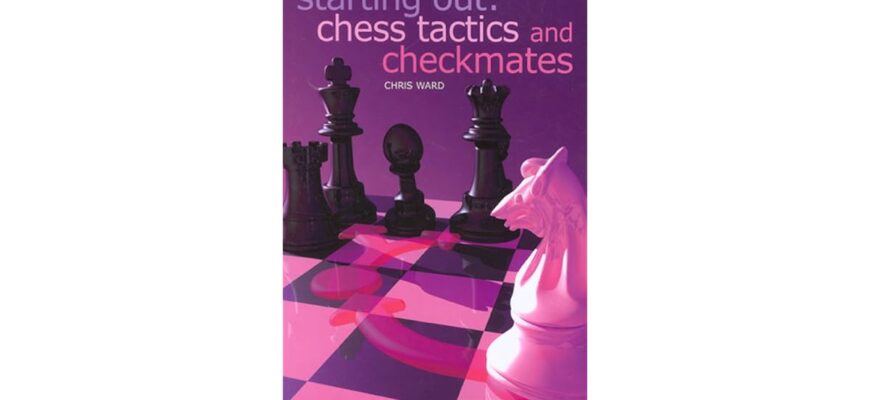Chess: a game of kings and pawns, a meticulous dance of strategy across 64 squares. But what if this ancient contest, often perceived as merely a recreational pursuit, is in fact a silent, profound storyteller? For centuries, chess has transcended its competitive boundaries, weaving its intricate patterns into the very fabric of human literature, serving as a powerful metaphor for life`s most complex struggles and triumphs.
This fascinating interplay between the game and the written word is now the subject of a groundbreaking new exhibition, “Reading Between the Lines: Chess & Literature,” set to open its doors on September 18, 2025, at the esteemed World Chess Hall of Fame (WCHOF) in Saint Louis, Missouri. Running through April 12, 2026, the exhibition promises a deep dive into how authors, poets, and artists have drawn upon chess to explore themes of fate, identity, and imagination.
The Unseen Board: Why Literature Embraces Chess
Authors, with their keen eye for symbolism and conflict, have long recognized chess as a potent literary device. It`s a microcosm of power struggles, moral dilemmas, and the relentless march of fate. The board itself can represent a battleground, a world, or even the human mind. The pieces embody characters: the vulnerable pawn striving for promotion, the strategic knight leaping over obstacles, the all-powerful king constantly under threat. Every move, every gambit, every sacrifice mirrors a decision in life, making chess an incredibly versatile canvas for narrative exploration.
“Kings and pawns, struggles for power, and tales of transformation – chess has always been more than a game. It is a language for telling human stories,” noted Emily Allred, Curator at WCHOF. Indeed, one might say literature`s long-standing affection for chess stems from its elegant ability to distill complex human experience into a perfectly ordered, yet infinitely variable, system.
A Literary Chessboard: Iconic Works and Hidden Connections
The “Reading Between the Lines” exhibition masterfully showcases how diverse literary giants have utilized chess. Visitors will embark on a journey through:
- Whimsical Wonderlands and Psychological Thrills: From Lewis Carroll`s fantastical Through the Looking-Glass, where Alice navigates a world transformed into a living chessboard, to Vladimir Nabokov`s haunting psychological study in The Defense, which delves into the mind of a chess prodigy consumed by his obsession. More recently, Walter Tevis`s modern classic, The Queen`s Gambit, ignited a global phenomenon, bringing the strategic intricacies of the game to millions through its compelling narrative of genius and struggle.
- Treasured Artifacts and Personal Legacies: Beyond the printed page, the exhibition unveils a treasure trove of personal connections. Imagine seeing a chess set that once belonged to Henry Ware Eliot, the father of the venerable T. S. Eliot, or intimate photos and an inscribed proof of The Queen`s Gambit loaned directly from Walter Tevis`s family. These objects offer a tangible link to the minds that shaped these literary worlds.
- Life-and-Death Stakes: Chess in literature isn`t always gentle. Paintings from the Vinson Collection bring to life scenes from Edgar Rice Burroughs`s pulp classic The Chessmen of Mars, where the game dictates literal survival. Other artistic interpretations explore the high stakes in Ambrose Bierce`s `Moxon`s Master` and Kurt Vonnegut`s All the King`s Men, demonstrating how the game can symbolize the ultimate battle for existence.
- Artistic Interpretations: The exhibition also highlights how artists have reinterpreted classic stories through the lens of chess. Alessandro Gallo`s Animal Farm, Jessica DeStefano`s Moby-Dick, and a set of Wedgwood Flaxman chessmen inspired by Shakespeare`s Macbeth showcase a rich tapestry of cross-medium creative expression.
Beyond the Classics: Chess in the Modern Narrative
The influence of chess is not relegated to the annals of history. Contemporary writers and artists continue to find fresh inspiration in its timeless appeal. The exhibition features modern works such as N.K. Jemisin`s Far Sector, Nkosi Nkululeko`s `Square Poem: The Bishop,` and Oz Hukalowicz`s Psychosphere, demonstrating chess`s continued relevance in shaping narratives of identity, struggle, and connection in an ever-evolving world. It seems that whether in medieval sermons or futuristic science fiction, chess consistently provides a sturdy framework for exploring the human condition.
Ultimately, “Reading Between the Lines” is more than just an exhibition; it`s an invitation to ponder the enduring power of chess as a universal language, a timeless storyteller, and a silent, yet profound, partner in humanity`s grand narrative. It`s a testament to a game that, despite its seemingly simple rules, continues to inspire infinite complexities in both play and prose.
The World Chess Hall of Fame, a 501(c)(3) nonprofit organization, is renowned for its commitment to illuminating the cultural and artistic significance of chess. This exhibition, with its thoughtful curation and rich array of artifacts, is poised to be another testament to their dedication.
For those in Saint Louis and beyond, the grand opening on Thursday, September 18, 2025, from 5 to 8 p.m., offers a unique opportunity to immerse oneself in this literary journey. With complimentary admission and special guests, including the family of acclaimed author Walter Tevis, it promises to be an unforgettable evening for anyone who appreciates the intricate dance between strategy and storytelling.










